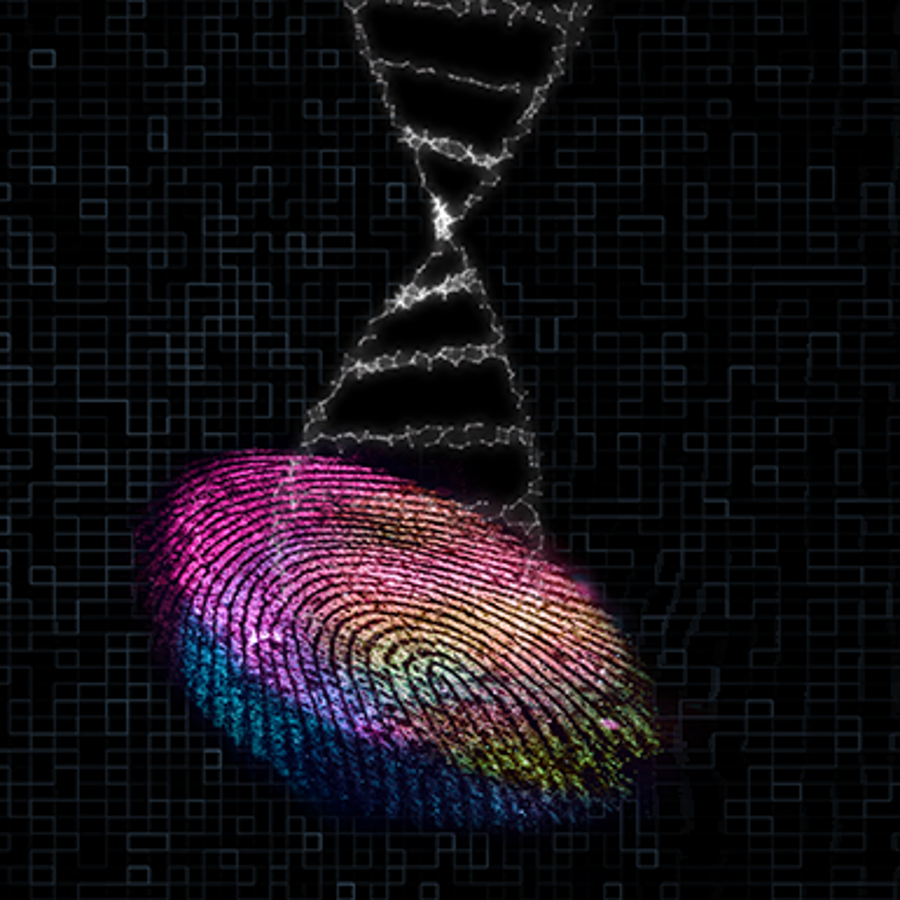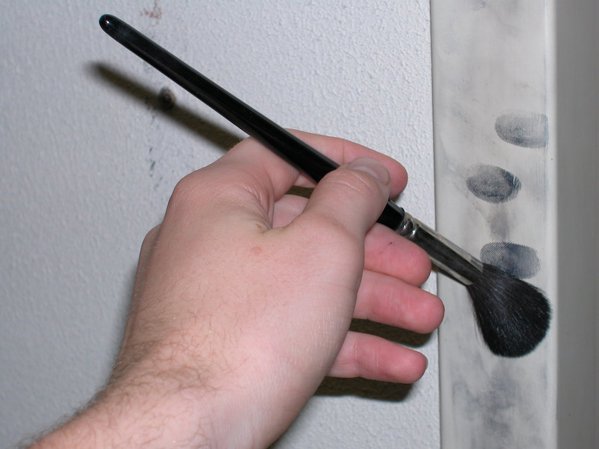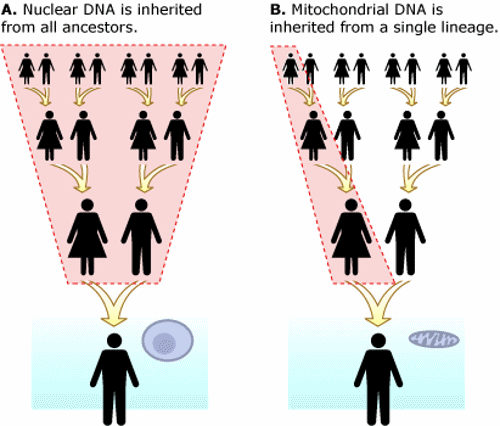
Can mitochondrial DNA in human fingerprints identify a person?
August 10, 2016

- Related Topics:
- Mitochondria,
- Forensics
A high school student from the U.S. asks:
"Is there mitochondrial DNA in human fingerprints? If yes, can it be used to identify a human being?"
DNA is often found in human fingerprints. But because there is so little of it there, scientists often need to turn to a certain kind of DNA—mitochondrial DNA (mtDNA).
While mtDNA can’t uniquely identify a human being, it can still help. For example, police can use this DNA to rule out suspects.

Fingerprint Patterns
Before going into why fingerprints have DNA, let’s go over what fingerprints are.
Fingerprints are markings left by the ridges on our fingers. Because fingerprint patterns are unique to each person, they can help us identify someone. For example, police often collect fingerprints from a crime scene to identify suspects or victims.
Fingerprints can be made in three different ways.
First, there are “plastic” fingerprints, which are physical indentations. They are left in soft surfaces like wet paint.
Second, there are “patent” fingerprints, which are also easy to see. They form when things like blood or dirt move from the finger to a hard surface.
Finally, there are “latent” fingerprints, which are invisible to the human eye. “Latent” fingerprints form when natural oils from the finger are transferred to a surface. To see “latent” fingerprints, additional processing steps like dusting are needed.
DNA in Fingerprints
So fingerprints have a visual pattern that help us identify people. But fingerprints can also help us identify people in another way.
We are constantly shedding skin cells and leaving them behind when we touch things. This means fingerprints often have cells in them.
Our cells have DNA, much of which is unique to each person. This means we might be able to use DNA to identify people when the fingerprint patterns are too blurry.
But to get DNA, we must first get enough cells from the fingerprint and a lot of the time there aren’t many there. Luckily there are ways to get enough DNA from even a few cells.
DNA Profiling
After the police get DNA from a crime scene, they use a process called DNA profiling to identify people.
First, they use a method called PCR to make more copies of the DNA. Next, they can look at spots in the DNA that tend to be different between people. If someone shares a lot of the same spots with the DNA at a crime scene, then chances are good that person was there.
Here is where we run into a problem with DNA from fingerprints. Normally, the locations we look at are found in nuclear DNA (nuDNA). This is the DNA that gives us our eye color, hair color and almost everything else about ourselves.
As you can guess, your nuDNA is very different from mine. In fact, everyone’s nuDNA is different (well, except maybe identical twins).

The same is not true for the mitochondrial DNA (mtDNA) the police can get from fingerprints. Many relatives, even distant ones, pretty much share the same mtDNA. Which means you can’t uniquely identify someone as the criminal.
So why even use mtDNA? Because there is a lot more of it in a cell than there is nuDNA. Which means you can use it even when there are very few cells to test.
In each cell, there are only two copies of nuDNA, one from mom and one from dad. But there are hundreds or thousands of copies of mtDNA in each cell. Even if there are few cells or the DNA is degraded and hard to read, we can probably still use the mtDNA.
And mtDNA isn’t totally useless. It can still give evidence that someone could be the criminal. If the crime scene mtDNA matches a suspect, then it might have come from the suspect. But it might have also come from one of the many people who share his or her mtDNA.
But where mtDNA really shines is in ruling someone out. If the mtDNA found at a crime scene doesn’t match a suspect’s mtDNA, then we know the crime scene DNA didn’t come from that suspect.
So if nuDNA is unique, why isn’t mtDNA? It comes down to how each one is passed down.
Nuclear DNA
Each cell has a single nucleus, which has the nuclear DNA (nuDNA). NuDNA is organized in structures called chromosomes.
In total, we have 23 pairs of chromosomes, for a total of 46. One from each pair comes from mom and the other from dad. This is why, for the most part, we have two copies of each bit of our nuDNA.
Let’s focus on the chromosome 1 (chr1) pair. Dad actually passes on a mix of his two chr1’s through a random mixing process called recombination. So does mom. This means the child gets a unique chr1 from dad and a unique chr1 from mom.

The same mixing process happens for the other chromosomes as well. This is what makes nuDNA unique and useful for identifying people.
Mitochondrial DNA
With mtDNA, things work differently. This DNA is found in mitochondria, which make energy for the cell.
Each cell has hundreds or thousands of mitochondria. That means there are lots of copies of mtDNA in each cell.
Also, mtDNA is not a mix of both parents’ DNA. Instead, you get all of your mtDNA from your mom, who got it from her mom, and so on like so:

When mtDNA is passed down from mother to child, it doesn’t change much. Over many generations, changes to the mtDNA can happen. But if two people are closely related through their maternal ancestors, they will have very similar or even identical mtDNA.
If two brothers are both suspects in a crime, their mtDNA may be the same. Only the nuDNA would be unique to each brother.
So there you have it. Fingerprints can have DNA in them but there is often so little you can only look at the mtDNA which is not unique.

Author: Siming Zhang
When this answer was published in 2016, Siming was a Ph.D. candidate in the Department of Genetics, studying the genetics of neurological disorders in Alex Urban’s laboratory. She wrote this answer while participating in the Stanford at The Tech program.
 Skip Navigation
Skip Navigation
